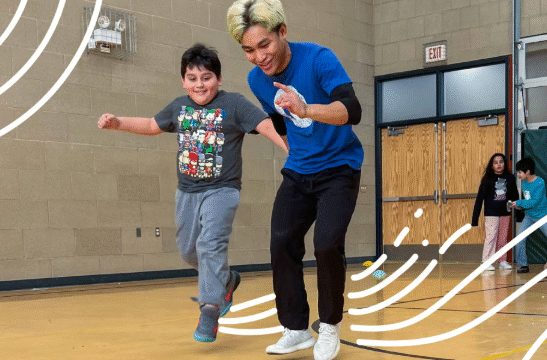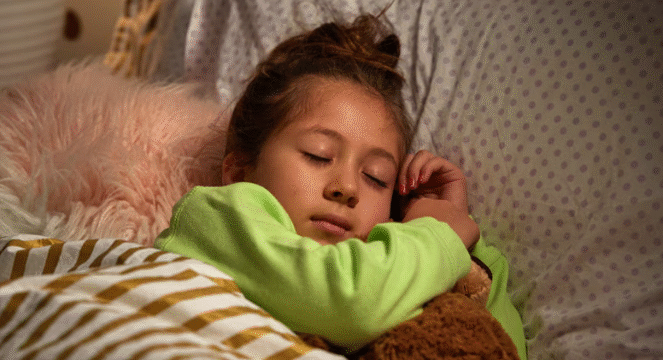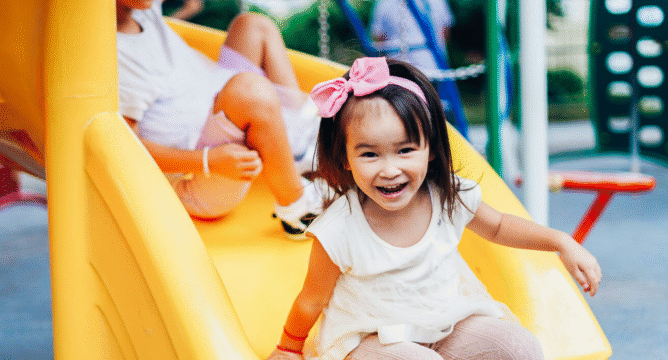Creative play is more than just a way to pass the time. For children, it is a gateway to learning healthy habits that can guide their growth for years to come. Early childhood is a stage when young minds are naturally curious, eager to explore, and ready to absorb the world around them. By encouraging creative play, parents and caregivers provide children with opportunities to develop habits that nurture not only their physical well-being but also their emotional and social health. These experiences shape how they think, communicate, and make decisions later in life.
At its core, creative play is about allowing children to use their imagination and curiosity in a safe and supportive environment. Activities such as drawing, building with blocks, dressing up, telling stories, or inventing games allow them to explore their thoughts and feelings. Unlike structured lessons or strict routines, creative play gives children the freedom to try new ideas, learn from mistakes, and express themselves without fear of being wrong. This sense of freedom helps them develop confidence in their abilities and trust in their instincts.
One of the most valuable lessons children learn through creative play is problem-solving. When a child builds a tower of blocks that topples over, they must figure out how to make it sturdier. When they make up a story and act it out with friends, they learn to negotiate roles, cooperate, and adapt to new ideas. These small challenges help children develop resilience and patience. They begin to understand that solutions often come from trying different approaches, which is an important life skill they can carry into school and beyond.
Creative play also promotes healthy communication. Through storytelling, pretend games, and group activities, children learn to express their thoughts and listen to others. For example, when two children build a pretend grocery store, they practice speaking clearly, taking turns, and understanding another person’s point of view. These interactions teach empathy and social awareness, both of which are essential for building strong friendships and harmonious relationships later in life.
Physical well-being is another area where creative play can lead to lasting healthy habits. Activities such as outdoor scavenger hunts, dancing to music, or playing tag allow children to move their bodies and enjoy exercise without it feeling like a chore. Movement is essential for growing muscles, developing coordination, and maintaining a healthy weight. When children associate physical activity with fun and creativity, they are more likely to continue being active as they grow older. This early positive connection between play and movement supports a lifelong habit of regular exercise.
In addition to physical and social benefits, creative play fosters emotional resilience. Life is full of changes and unexpected moments, and learning to navigate emotions is a crucial skill. Creative activities give children a safe outlet to express feelings such as joy, sadness, or frustration. Drawing a picture of a rainy day, building a model of their favorite place, or acting out a story about a brave character can help them process their emotions and feel more in control. By practicing self-expression, they become better equipped to manage stress and adapt to new situations.
Parents and caregivers play a significant role in nurturing healthy habits through creative play. Providing simple materials like crayons, recycled boxes, or costume pieces encourages children to use their imagination. Creating spaces where children feel free to explore, make messes, and invent their own games builds confidence. More importantly, joining in their play sends a powerful message that creativity and curiosity are valued. Shared playtime strengthens bonds between adults and children, fostering trust and open communication that supports a child’s emotional development.
A key element in encouraging creative play is balance. While technology can be a useful educational tool, too much screen time can limit opportunities for imaginative thinking. Setting aside regular periods during the day for screen-free activities helps children engage more deeply with their surroundings. Outdoor play, in particular, sparks creativity by presenting natural materials and open-ended possibilities. Collecting leaves, drawing in the sand, or pretending to be explorers in the backyard can be just as enriching as any indoor game.
Healthy habits formed through creative play often extend to other areas of life. For example, children who enjoy pretending to cook with toy utensils may show curiosity about real ingredients and nutrition, leading them to make better food choices as they grow. Those who develop teamwork skills in group games often approach school projects with cooperation and a willingness to help others. Creative problem-solving learned in early play can even inspire interest in future fields like science, art, or engineering.
Encouraging creative play also supports a child’s ability to focus and think critically. When children work on a craft project, build something from blocks, or develop a story, they learn to plan steps, stay engaged, and see a task through to completion. This kind of focus prepares them for academic challenges and helps them approach problems thoughtfully rather than impulsively.
The beauty of creative play is that it does not require expensive toys or structured lessons. The most meaningful experiences often come from simple, everyday materials and moments. A cardboard box can become a spaceship, a blanket can turn into a fort, and a few sticks can transform into magical wands. What matters most is the opportunity for children to explore their own ideas, take initiative, and feel supported in their efforts.
In a world that often emphasizes academic achievement and structured activities, it is important to remember that play is not just leisure. It is an essential part of healthy development. Through creative play, children learn habits of curiosity, problem-solving, empathy, and resilience. These habits help them grow into adaptable, confident, and compassionate individuals.
Parents, educators, and communities can all play a part in fostering environments where creative play thrives. Providing time, space, and encouragement for imaginative activities can make a lasting difference in a child’s well-being. By embracing the power of creative play, we not only support children’s immediate happiness but also equip them with the healthy habits they need to navigate the future with confidence and joy.
In the end, the lessons learned through creative play go beyond games and stories. They shape how children view the world and themselves. Encouraging creativity in their early years helps them see challenges as opportunities, relationships as collaborative journeys, and learning as a lifelong adventure. This foundation of healthy habits is a gift that benefits them for a lifetime, proving that the simple act of play can be one of the most powerful tools for growth.






